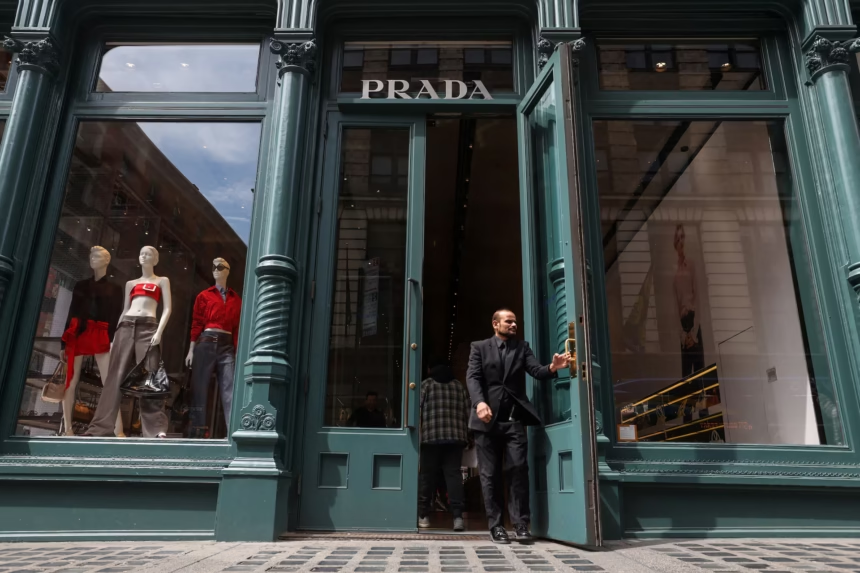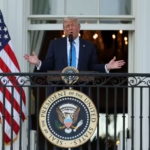Prada has officially acquired its iconic rival, Versace, from Capri Holdings for $1.375 billion, including debt. The high-profile deal unites two of Italy’s most influential fashion houses and reinforces Italy’s standing in the global luxury market. Despite economic volatility and uncertainties surrounding U.S. tariffs, both companies pushed forward with the agreement.
Strategic Expansion Despite Market Pressures
While Versace has faced losses in recent quarters, Prada has shown resilience and growth amid a broader slowdown in luxury demand. This acquisition marks a strategic move for Prada, aimed at expanding revenue rather than seeking cost reductions. The synergy works well as both brands cater to distinct audiences, with Prada known for its minimalist aesthetic and Versace for its bold, baroque designs.
Reinforcing Italy’s Luxury Fashion Influence
With this deal, Italy strengthens its position in a luxury industry long dominated by French conglomerates like LVMH and Kering. Prada Chairman Patrizio Bertelli highlighted the company’s commitment to providing Versace with a robust platform, supported by years of investment and global connections. This merger underscores Italy’s ambition to remain competitive on the global luxury stage.
Leadership Transition at Versace
As part of the transition, Donatella Versace has stepped down as the brand’s chief creative officer. She expressed strong support for the acquisition and the new direction of the company. Founded by Gianni Versace in 1978 and later led by Donatella after his death, Versace has remained a globally recognized brand with a rich history and a bold identity.
A Discounted Price Reflecting Market Conditions
Capri Holdings’ shares fell by 9 percent following the announcement, reflecting investor concerns. Analysts noted that the $1.4 billion price tag represents a significant discount from the $2.15 billion that Capri, then operating as Michael Kors, paid for Versace in 2018. The sale will allow Capri to refocus its efforts on reviving the Michael Kors and Jimmy Choo brands.
Financing and Future Prospects
To fund the acquisition, Prada has committed to €1.5 billion in new debt. The deal is expected to close in the second half of 2025. It arrives at a time when many high-profile deals and IPOs have been shelved due to global economic uncertainty and a wave of new tariffs introduced by U.S. President Donald Trump.
A Shift in Prada’s Long-Term Strategy
This acquisition marks a notable strategic shift for Prada, which has avoided major dealmaking since its earlier purchases of Helmut Lang and Jil Sander in the late 1990s. Those acquisitions were seen as missteps, prompting a more cautious approach in recent decades. The Versace deal signals a renewed confidence, influenced by CEO Andrea Guerra and the increasing leadership role of Lorenzo Bertelli, who is expected to eventually take over the company.
Conclusion
By acquiring Versace, Prada is making a bold move to elevate its global presence and revitalize growth. The partnership not only creates new opportunities for expansion but also signals a reassertion of Italian craftsmanship and creativity on the world fashion stage.









